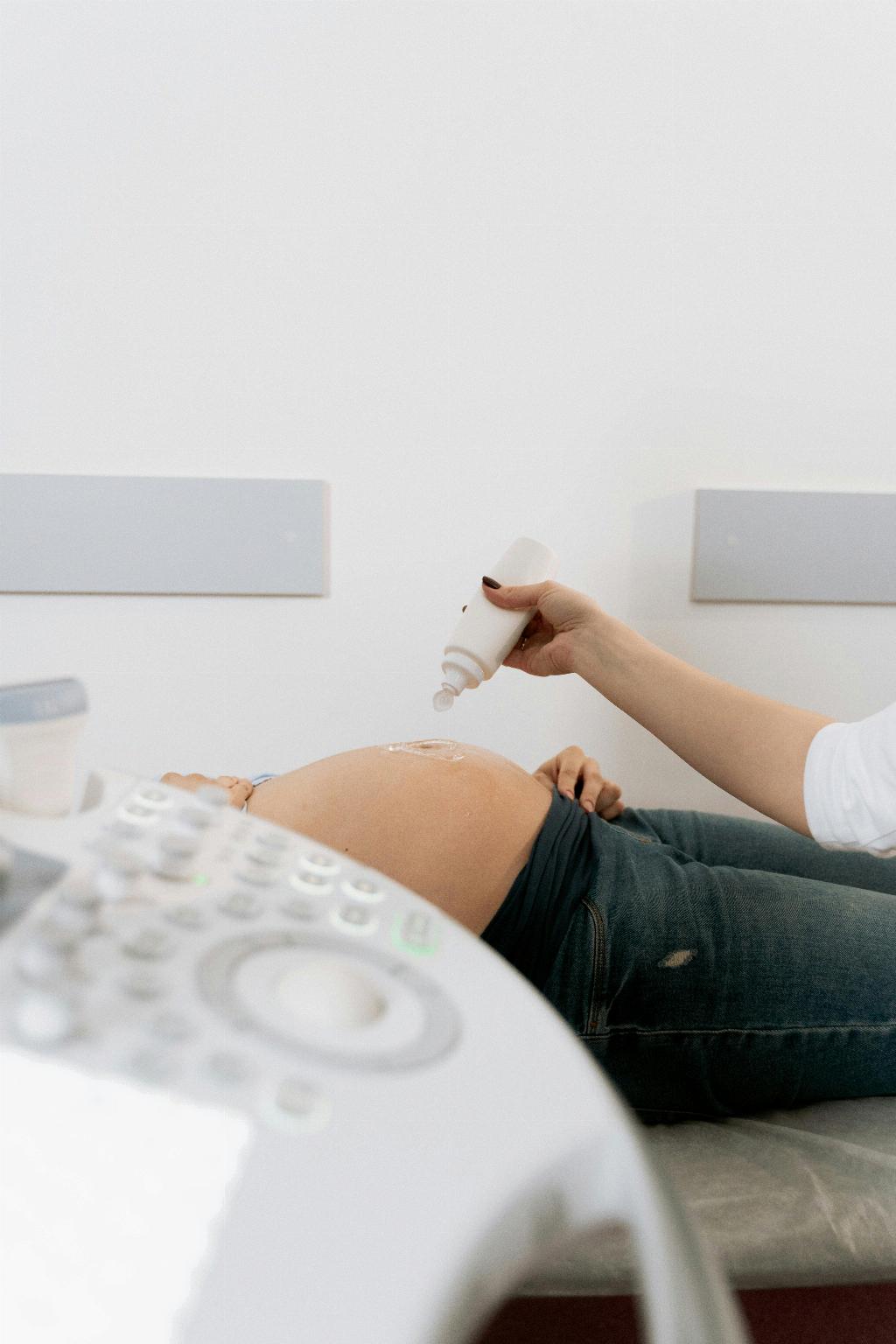When it comes to tracking your Basal Body Temperature (BBT) as a technique for monitoring fertility or potential pregnancy, one common question that arises is what a BBT chart should look like if pregnant. While there is no definitive answer that applies to every woman, there are certain patterns and changes that may be observed on a BBT chart that could indicate a potential pregnancy.
One potential indicator of pregnancy on a BBT chart is what is known as a triphasic pattern. This pattern typically involves a second temperature shift, occurring around 7-10 days past ovulation, resulting in a third, higher shift in temperatures. The presence of a triphasic pattern can suggest a potential rise in progesterone levels, a hormone that plays a crucial role in early pregnancy and the maintenance of a pregnancy.
It’s important to note that while a triphasic pattern on a BBT chart can be a positive sign, it is not a definitive confirmation of pregnancy. Other factors, such as stress, illness, or changes in sleep patterns, can also impact BBT readings and result in similar patterns. Therefore, it is essential not to rely solely on BBT charting for pregnancy confirmation.
In addition to looking for a triphasic pattern, pregnant individuals may also notice that their BBT remains elevated beyond the typical luteal phase length. Normally, BBT will remain high for about 14 days after ovulation before dropping as a sign of an impending menstrual period. If the BBT stays elevated for an extended period beyond this timeframe, it could be indicative of pregnancy.
Another potential sign on a BBT chart that may point towards pregnancy is the absence of a temperature drop towards the end of the menstrual cycle. In non-pregnant cycles, a significant drop in temperature usually signals the onset of menstruation. However, in pregnant cycles, temperatures may remain elevated due to the presence of progesterone, indicating a possible pregnancy.
It’s essential to remember that individual BBT charts can vary significantly, and what may be true for one person may not apply to another. Pregnancy detection through BBT charting should be viewed as a supplementary tool rather than a definitive method. If you suspect that you may be pregnant based on your BBT chart, it is always recommended to confirm with a home pregnancy test or consult with a healthcare provider.
In conclusion, while there are certain patterns and changes that may be observed on a BBT chart that could indicate a potential pregnancy, such as a triphasic pattern, sustained elevated temperatures, or the absence of a temperature drop, it is crucial to approach BBT charting with caution and not solely rely on it for pregnancy confirmation. Always consult with a healthcare professional for accurate pregnancy testing and guidance.

